In the 2024 Japan Brand Survey, Japan was selected as the "most desired country to revisit" worldwide.
Visitors from East Asia and ASEAN countries and regions, in particular, have already entered the "repeat" stage of their Japan travel experience.
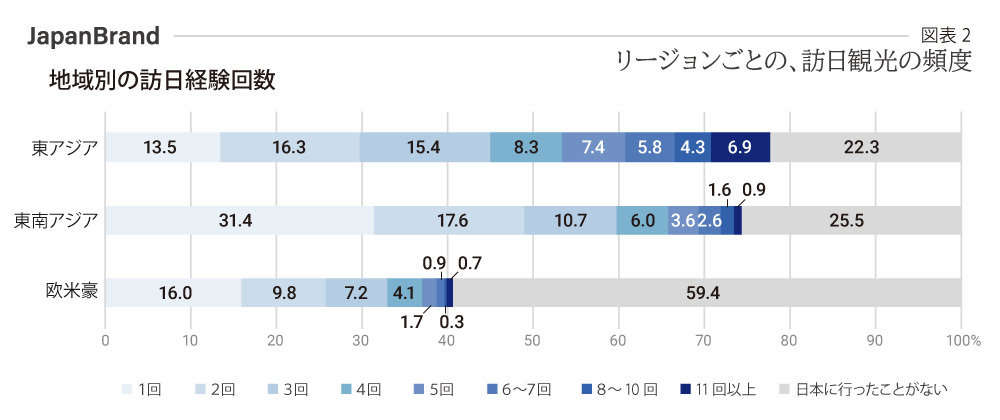
*Percentage composition (%) is rounded to the second decimal place, so totals may not always add up to 100%.
This suggests that the traditional style of Japan tourism, once considered "standard," and approaches to pre-trip information gathering are also evolving.
This time, we delve into the changes in the customer journey and mindset of visitors to Japan before and after the pandemic.
We categorized visitors from East Asian countries/regions with Japan travel experience as follows:
- Beginners with 1-3 Japan visits (hereafter abbreviated as "Beginners")
- and those with 4 or more trips (hereafter referred to as "veterans")
We conducted focus group interviews (FGI). The results were fascinating, challenging conventional wisdom in Japan's inbound marketing. We encourage you to read to the end.
[Survey Overview]
・Target Areas: 4 countries/regions (Mainland China, Hong Kong, Taiwan, South Korea)
・Participant criteria: Men and women aged 20–49
・Sample Size: 6 participants per country/region, 24 total
*Breakdown of 6 participants: Beginners (1-3 Japan visits): 3; Veterans (4+ Japan visits): 3
・Survey Method: Online Focus Group Interview (FGI)
・Survey Period: October 16–24, 2024
【Dentsu Inc. Global Business Center Regional Representatives】
Korea: Lee Kang
Hong Kong: Yasuhiro Yamauchi
Taiwan: Takuya Sugiyama
Mainland China: Hiroshi Masuda
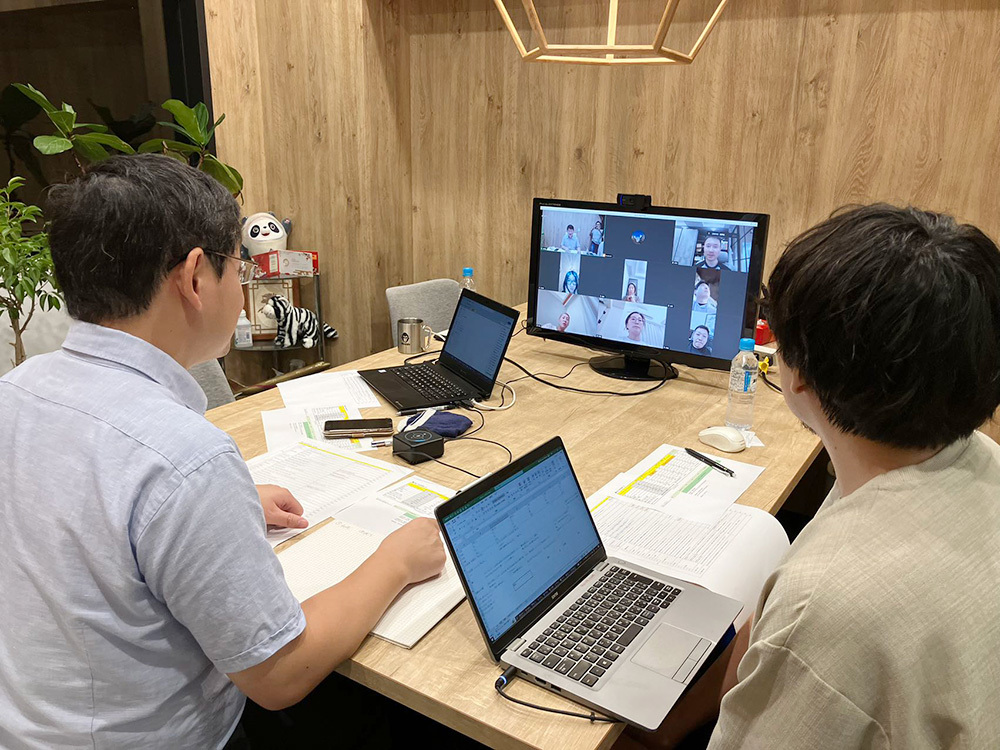
FGI Session for Mainland China Area
While various opinions were exchanged during this roundtable discussion, it became clear that responses differed significantly depending on country/region and visit frequency. Based on this premise, we will introduce the most characteristic findings.
No More Decisions Before Travel!? What's the Surprising Answer?
The traditional approach to inbound marketing for Japan assumed travelers would: - Plan their trip 1-2 months before arrival - Create a shopping list before departure - Follow a largely predetermined schedule during their visit However, this survey revealed that regardless of traveler experience level (beginner or veteran) or country/region, the vast majority responded: "We book hotels and flights over a month in advance, but decide on dining spots, shopping locations, and specific purchases after arriving in Japan."
Furthermore, the timing for deciding destinations also varied significantly depending on travel companions. Most respondents said that when traveling with family or friends, they needed to coordinate everyone's schedules, so they decided 2-3 months in advance. For solo travelers, who could freely adjust their schedules, they decided just 1-2 weeks before departure. Especially among veteran travelers, spontaneous solo trips became more common, leading to increased instances of making last-minute decisions and visiting Japan on a whim.
Using apps to flexibly change plans during the trip
The shift towards a "decide after arriving in Japan" travel style appears to be driven by the use of apps for gathering information.
In this survey, when asked "Which apps did you use during your visit to Japan?", the app common across all countries and regions was Google Maps. It was used for diverse purposes: searching for transportation, finding information on nearby tourist spots, checking restaurant reviews, and more.
Furthermore, experienced travelers from Taiwan, Hong Kong, and South Korea frequently used "Tabelog." Although Tabelog only has Japanese and English versions, they seemed to use the Japanese version, stating, "I can sort of understand it if it's kanji," or "If I don't understand the words, I use a translation app or ask a friend living in Japan who understands Japanese."
Among the veterans, some dedicated travelers even stated, "For Japanese information, I only follow accounts that Japanese people themselves are viewing on social media," seeking deeper insights. Based on these findings, it is particularly effective for restaurants to strengthen their Google Maps business profile management and ensure their information on platforms like Tabelog is well-maintained to attract inbound tourists.

Actively follow accounts that share gourmet information for Japanese audiences, such as "Osaka Gourmet" and "SUSURU TV."
Beyond restaurants, many travelers—both first-time and seasoned visitors—reported flexible behavior, such as "I changed plans because a fireworks festival was nearby" or "I canceled my original plans because a festival was happening near my hotel."
It's highly likely that something will trigger a change in behavior even during their visit to Japan. If the event is near the hotel where they are staying, this tendency seems even stronger. Some people mentioned seeing a festival poster displayed at their hotel and becoming interested. Hotels appear to be an important contact point for approaches during a visit to Japan.
The app commonly mentioned by Chinese visitors was "Xiaohongshu (RED)". This is likely because Xiaohongshu features many posts by Chinese residents in Japan and offers abundant information about Japan.
Information gathering relies less on influencers and more on searching SNS by "location + purpose"
When asked "Which media do you use for information gathering?", both pre-trip and during their visit, Taiwan, Hong Kong, and South Korea overwhelmingly cited "Instagram", while mainland China cited "Xiaohongshu". Furthermore, a common characteristic of their information gathering was that they searched using "location + purpose" rather than relying on specific influencer accounts.
Hearing this result might lead one to think, "Is influencer marketing ineffective!?" But that's not the case. What ranks highly in searches on both Instagram and Xiaohongshu are posts that score highly under the platform's algorithm. Rather than simply thinking, "Let's use this influencer because they have a lot of followers," it might be better to consider leveraging influencers who are highly responsive and have consistently adjusted their content to align with the platform's algorithm.
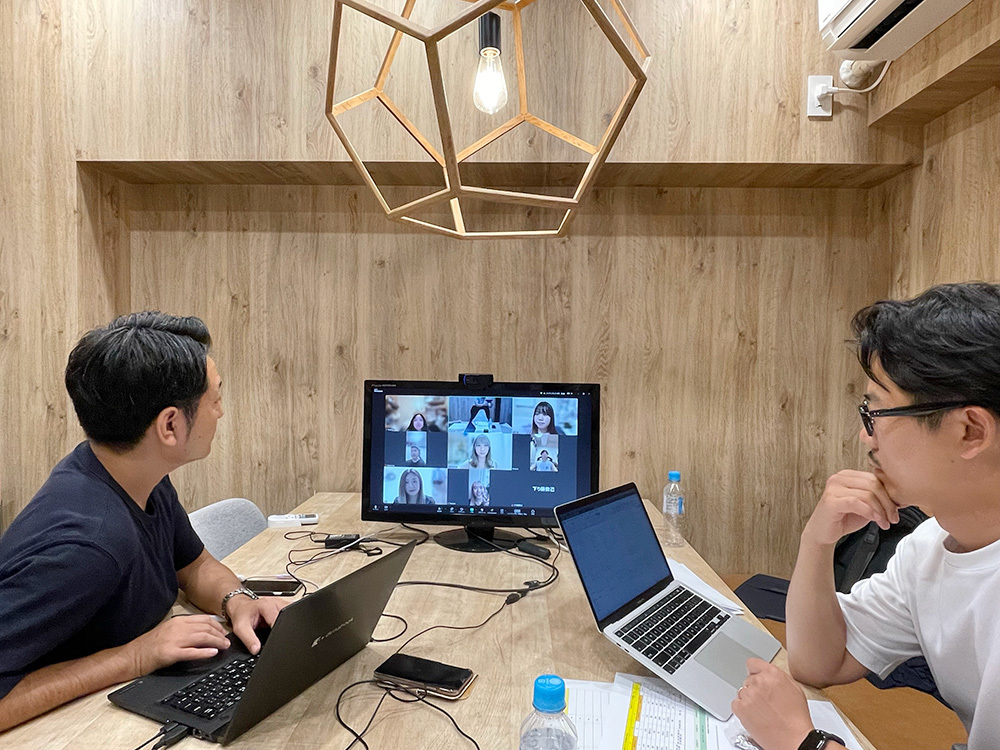
FGI Session for the Korean Region
Is the "shopping list" now obsolete?
This survey revealed that the ease of gathering information while traveling in Japan now influences shopping behavior. Not long ago, it was standard practice for inbound tourists to create "shopping lists" before their trip, and being featured on these lists was considered essential for capturing inbound spending.
Let's revisit the background that brought shopping lists into focus. For some time after Japan relaxed visa requirements for Chinese visitors in 2010, most tourists from mainland China traveled in groups. They had to shop at designated locations within limited time frames. Furthermore, since means of obtaining information about Japan were still scarce at the time, they needed to research where and what to buy in advance to shop efficiently.
Today, visitors from China and other countries can easily access information about Japan through social media, diminishing the necessity of shopping lists. Looking at the results of this survey, it's no exaggeration to say that "shopping lists" have become a dead term.
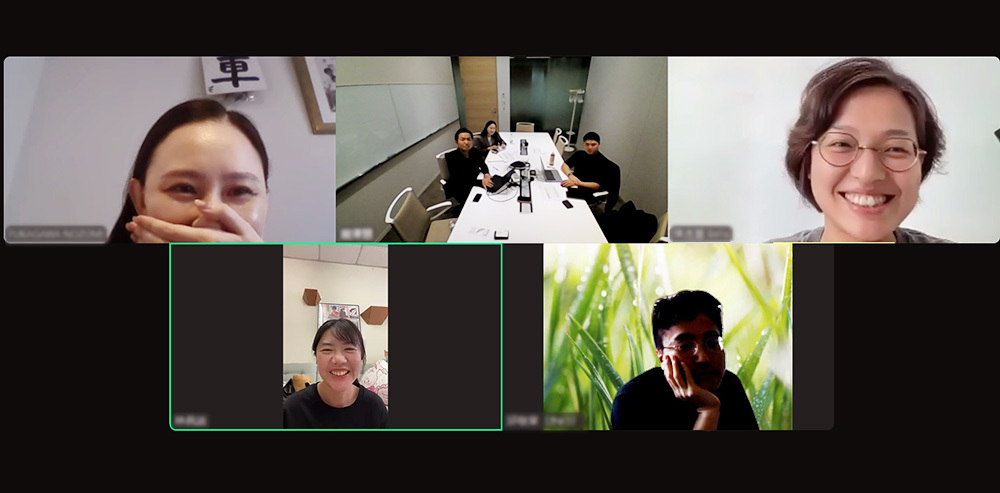
FGI Session in the Taiwan Area
Amulets are popular souvenirs. Sweets are bought in bulk at airport duty-free shops
When asked, "What did you buy as souvenirs for friends, family, or yourself?", "amulets" were cited as a response across all countries and regions. Reasons included "it's a uniquely Japanese cultural item," "it can only be bought there," and "it easily conveys feelings to the recipient, like wishes for love or health."
Furthermore, in recent years, more shrines have started selling photogenic amulets. It seems an increasing number of visitors to Japan are making shrines and temples their destination, saying things like, "I want to buy this amulet, so I'm going to this shrine." Many responses also mentioned collecting goshuin (temple/shrine stamps).
Additionally, many respondents mentioned buying snacks at airport duty-free shops right before departure. This likely stems from the desire to keep luggage as light as possible, prompting purchases just before returning home. Overwhelmingly, these shoppers reported buying whatever caught their eye first on the shelves, rather than sticking to a pre-planned list. For retailers aiming to capture souvenir demand, placing point-of-purchase displays and promoting specific items are highly effective strategies for boosting sales.
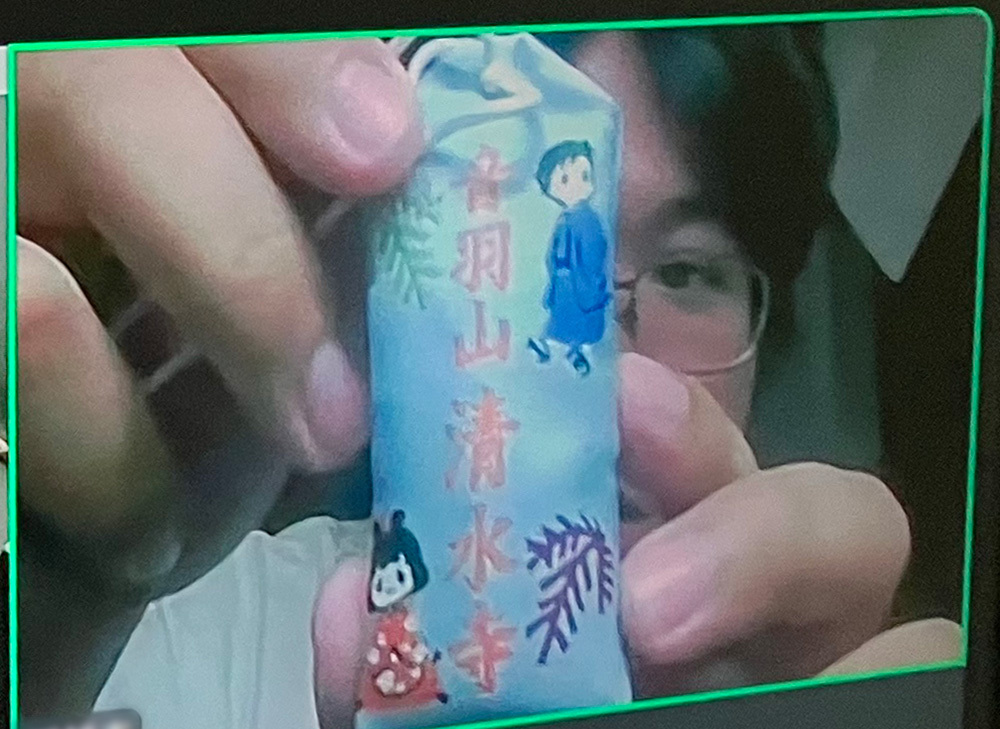
Amulets purchased during a visit to Kyoto
"Idol Activities" Cross Borders ~Purpose of Visiting Japan 2024 Ver.~
When asked "Why did you choose Japan as your travel destination?", answers like "The food is delicious," "It's close," and "It's safe" remained popular as before. However, unique to 2024, at least one person from each country/region cited "The weak yen" and "My favorite idol/artist has a concert here" as reasons.
Korean idols, in particular, have limited opportunities to hold concerts in Taiwan or Hong Kong, so fans often time their visits to Japan around their concert schedules. The same applies to Japanese idols and artists. Some passionate fans even stated they "buy all the merchandise." For inbound travel marketing, it might be crucial to identify the dates when these idol and artist concerts are scheduled in advance. "Idol fandom" easily crosses borders, doesn't it?
Post-Discussion Thoughts from Each Member
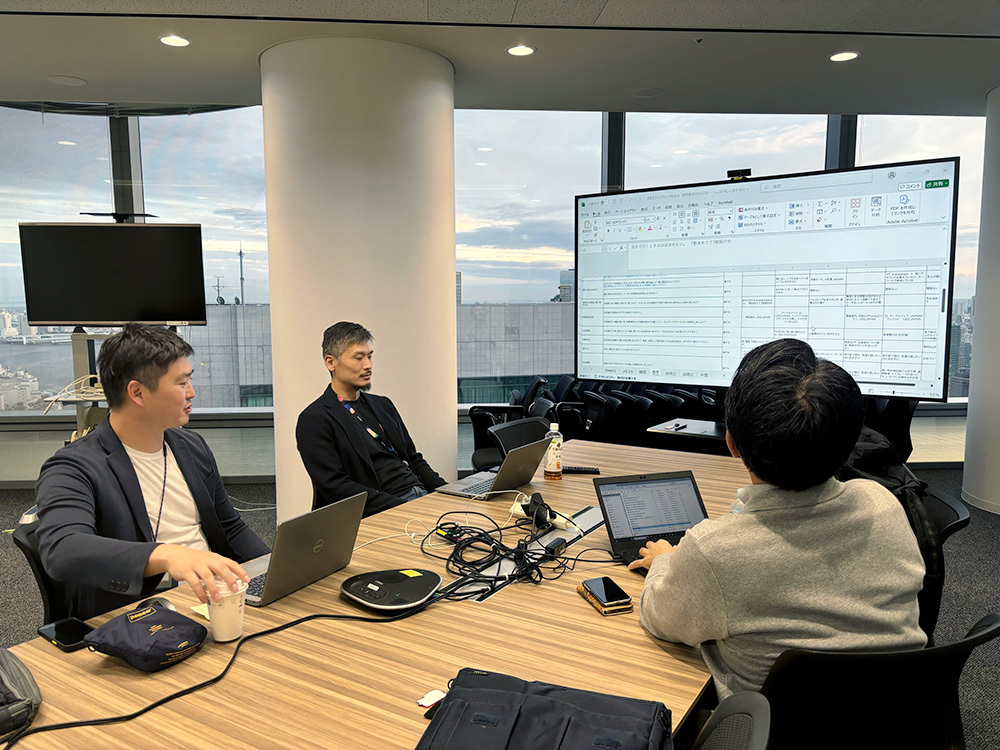
Yamauchi (Responsible for Hong Kong)
Hearing everyone speak today made me realize that "travel is becoming more seamless." I was surprised to hear repeatedly from experienced Japan travelers that they "look things up on their smartphones and act on it once they arrive in Japan," showing a level of flexibility I hadn't anticipated.
From the perspective of conveying corporate or brand messages, there seem to be many opportunities during the trip itself. However, time is still limited during the trip, and broad plans or potential targets are often set before the trip, so a comprehensive communication strategy is required.
Another striking point was that several interviewees cited "attending a concert by a favorite artist" as their reason for visiting Japan. This reaffirms that leveraging the power of content presents a significant opportunity.
Lee (Responsible for Korea)
Comparing the four countries/regions confirmed that leveraging NAVER-related sites is crucial for strategies targeting Korean visitors. The online community "Flying Japan" appears particularly popular. It was also notable how many participants mentioned the early last trains and the early closing times of restaurants. Korea has a strong nighttime dining culture, and there may be a strong desire among visitors to "enjoy Japan later into the night."
Furthermore, I felt that "designing serendipity" is key to advancing the Japan travel experience to the next stage. While this may seem like a contradictory phrase, for the growing number of repeat visitors to Japan, unexpected, fresh experiences are the true essence of travel. I felt it is necessary to appropriately capture these moments and reflect them in experience design that is not purely "product-out."
Sugiyama (Responsible for Taiwan)
There were many quite interesting points. One frequent visitor mentioned buying items on Amazon and picking them up at convenience stores, which surprised me—some travelers are that well-versed. I also sensed that even first-time visitors are more familiar with Japanese apps than before. It feels like they now view trips to Japan as an extension of domestic travel. Consequently, I think content offering deeper insights—like "tips" for avoiding long lines—would resonate more than generic information.
Additionally, it was insightful to learn that popular souvenirs are now regionally unique and portable items, rather than large goods like electronics. I also felt there's still a lack of ways to deliver information to them during their trip. There seems to be room for development at contact points like hotels and convenience stores. As a side note, while few remembered Japanese advertisements, one person showed me a photo of the in-train ad for Ninnaji Temple, reminding me of the importance of non-verbal expression.
Masuda (Responsible for Mainland China)
Regarding shopping, comments included: "For high-priced items, I plan ahead, but for everything else, including souvenirs, I decide on the spot after seeing them," and "I get drawn to items recommended by staff or POP displays." For dining, some mentioned: "If I see a ramen shop with a line, I feel compelled to wait."
While shopping and dining seem different scenarios, both involve impulsive choices. What stood out was their behavior during the trip: they searched for reviews on their smartphones on the spot, not to make the choice based on reviews, but to confirm whether their own impulsive choice was correct. This represents a shift from previous behavior.
Another major discovery was the flexibility of visitors from mainland China: they not only use domestic Chinese apps while traveling but also download and use apps like Google Maps and Tabelog. Recognizing that such traveler behaviors and insights are constantly evolving, I felt it crucial to design a total communication strategy covering the entire journey—from pre-trip to post-trip— , including accumulating reviews from actual travelers.
Summary
This research revealed that the concept of "pre-trip," "during-trip," and "post-trip" is now outdated. Instead, we must view both their home country and Japan as "one market" when formulating marketing strategies. Furthermore, technological advancements will likely make this even more seamless in the future. Language barriers will continue to diminish, and content created by Japanese people for Japanese audiences may become increasingly visible to foreigners.
This result underscores how inbound marketing for Japan is constantly evolving, and we intend to regularly refine our approach moving forward.
The Global Business Center can conduct simple qualitative surveys targeting inbound visitors to Japan at a low cost. We can customize the format (group, individual, focus group), so please feel free to contact us for a consultation.


















